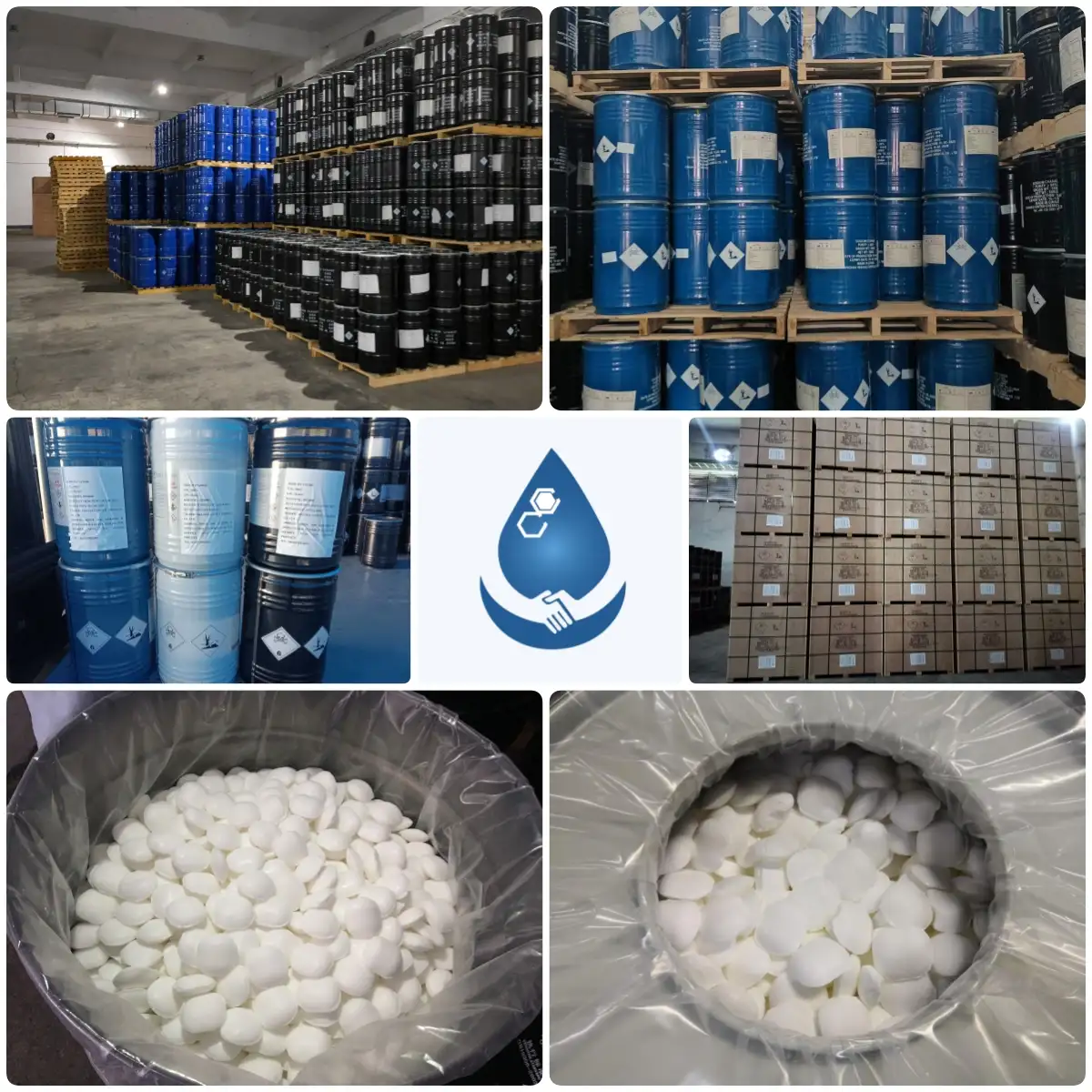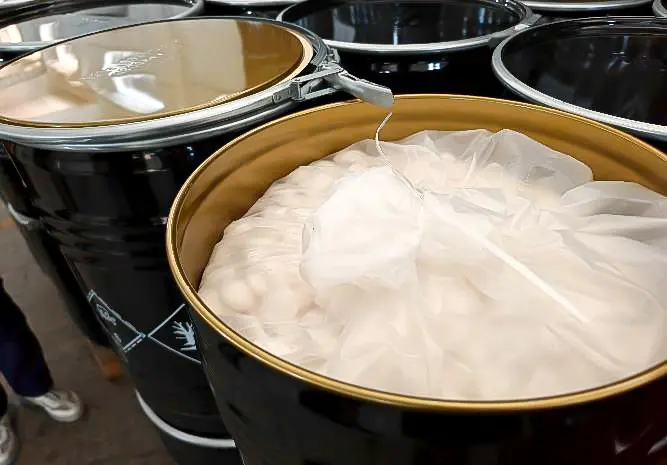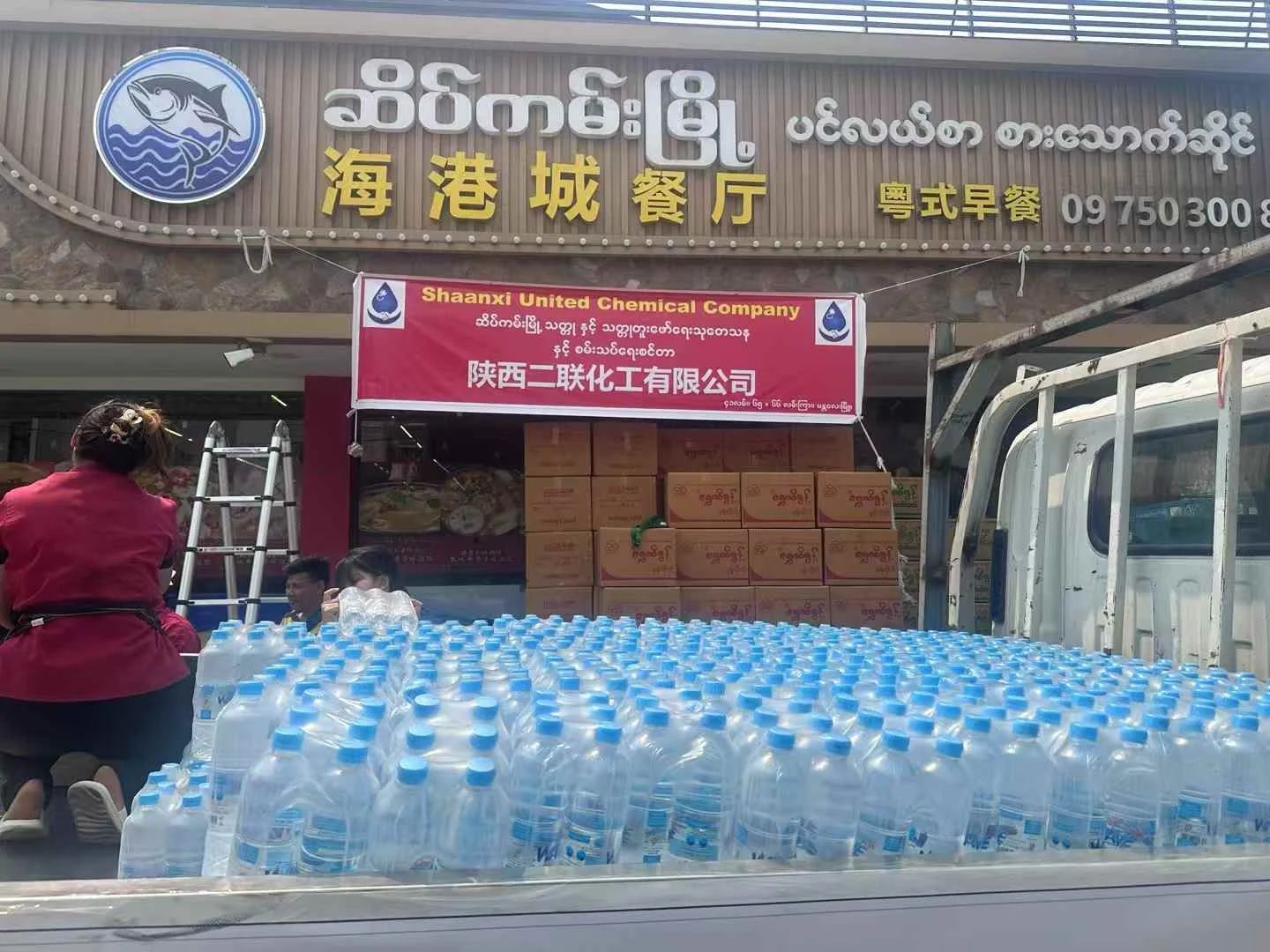Introduction
Mercury (Hg) is a historically important but highly hazardous heavy metal. Its unique properties — liquid at room temperature, high electrical conductivity and alloying ability — led to wide industrial use in the past. Increased awareness of the environmental and health risks associated with mercury has led to international actions such as the Minamata Convention to restrict or eliminate many MERCURY uses and to encourage recycling and pollution control.
This company news article by United Chemical provides a clear, professional summary of Mercury sources and recovery routes, product-quality characteristics and comparisons by source, the industry value chain, regulatory and trade landscapes, and practical corporate compliance and risk-management recommendations.
Safety note: Mercury and its compounds are neurotoxic and environmentally persistent. Any handling, recovery, transport or use must follow national laws, international conventions and hazardous goods regulations.
1. What is mercury? (Brief)
Elemental mercury (Hg) is a dense liquid metal at ambient conditions and can vaporize and disperse in the environment. Mercury occurs in several forms:
Elemental mercury (Hg⁰) — metallic, volatile;
Inorganic mercury salts — e.g., mercuric chloride (HgCl₂);
Organic mercury — such as methylmercury, which bioaccumulates in food chains and poses severe health risks.
Mercury released into air and water can be transformed and bioaccumulated, causing long-term ecological and human health impacts.

2. Main sources and recovery categories (high-level overview)
Global mercury supply is mainly derived from primary mining (cinnabar/HgS) and recycled streams (industrial by-products and collected waste). The key source categories are:
1. Primary mining and smelting (cinnabar)
Overview: Historical cinnabar (HgS) mining and smelting yields elemental mercury by heating and condensation. Modern compliant facilities can produce high-purity mercury following adequate treatment.
Concerns: Unregulated small-scale smelting results in severe pollution and health risks; many countries limit or prohibit such activities.
2. Industrial by-product recovery and regulated recycling
Overview: Mercury is increasingly sourced from collected waste streams—fluorescent lamps, switches and relays, medical devices, electronics and lab wastes—then refined in controlled facilities.
Advantage: Recycling reduces environmental burden and improves traceability and regulatory compliance.
3. Artisanal and small-scale gold mining (ASGM)
Overview: In certain regions ASGM uses mercury to form amalgams for gold recovery.
Policy: ASGM mercury use is a key target for reduction under the Minamata Convention and national programs promoting alternatives.
4. Historic stocks and equipment dismantling
Overview: Decommissioning of old equipment and disposal of legacy products also yield recoverable mercury, but quality and contamination profiles vary widely and require careful processing.
3. Source/product quality comparison and key metrics
Procurement and compliance teams should prioritize the following metrics in Certificates of Analysis (COA):
Hg content / elemental purity (%);
Organic mercury (methylmercury) residues;
Volatility and vapor-pressure related safety parameters;
Inorganic impurities (As, Pb, S compounds, particulates);
Moisture and mechanical contaminants;
Form and packaging (elemental liquid Hg, salts, alloys; container material specifications).
High-level comparison by source:
Primary mining (compliant plants): High purity achievable if emissions and waste treatment are controlled; regulatory compliance is critical.
Regulated recycling: With modern refining, recycled mercury can meet high-purity specifications and is preferred for environmental reasons.
Historic/dismantling sources: Variable quality; often requires additional purification.
ASGM sources: Highly contaminated and not acceptable for legitimate supply chains.
4. Industry value chain (upstream — midstream — downstream)
Upstream — sources & equipment
Sources: cinnabar ores, industrial wastes (lamps, switches, medical devices), historic stocks.
Equipment & services: closed condensation/capture systems, adsorption/absorption units, refining equipment, certified testing labs, hazardous goods packaging and logistics.
Midstream — refining, testing & trade
Functions: smelting/refining, laboratory testing (COA/MSDS), packaging and labeling, export compliance and logistics.
Critical factors: permits, emissions control, occupational health management and transport compliance.
Downstream — applications & substitution trends
Applications: niche high-precision instruments, certain chemical catalysts, research; historically in lighting and switches (now largely replaced).
Trend: rapid adoption of mercury-free technologies (LEDs, solid-state switches, alternative catalysts) and regulatory-driven phase-out in many uses.
5. Regulatory & trade landscape (overview)
Minamata Convention: the key international legal framework requiring measures to reduce and eventually eliminate mercury releases, encourage recycling and manage stocks.
Market trend: falling demand for primary mercury with increasing reliance on recycled, compliant sources; illegal mercury trade and informal ASGM remain enforcement priorities.
Trade caution: exports must meet destination-country requirements, hazardous-goods transport rules (IATA/IMDG), and origin traceability.
6. Industry risks, compliance priorities & recommendations
Compliance: maintain full alignment with the Minamata Convention and local regulations—documented traceability for mercury sources and destinations.
Promote recycling: invest in regulated collection and refining infrastructure to supply compliant recycled mercury.
Protect health & environment: enforce occupational monitoring, leakage prevention, emergency response and community engagement.
Support substitution: work with clients to adopt mercury-free technologies and offer decommissioning/asset-recovery support.
Quality control & traceability: provide COA/MSDS with each shipment and ensure batch traceability.
Risk transfer: implement appropriate environmental liability insurance and transport insurance.
Conclusion — United Chemical’s commitment
United Chemical is committed to responsible, compliant and environmentally conscious engagement with mercury-related materials. Our priorities include:
prioritizing regulated recycling and minimizing reliance on primary extraction;
maintaining rigorous quality control, documentation and traceability;
providing clients with compliance documentation, technical advice and safe-handling training;
partnering to advance alternatives and reduce mercury risks in downstream industries.
- Random Content
- Hot content
- Hot review content
- Caustic soda Flakes NaOH 96%-99% Sodium hydroxide
- ENVIRONMENTAL MANAGEMENTSYSTEM CERTIFICATE
- Sodium Isobutyl Xanthate SIBX 90%
- High-precision Delay Element( 25ms- 10000ms)
- Thiourea 99% high activity Professional Producer
- Featured Poducts Sodium Cyanide
- Citric acid-Food Grade
- 1Discounted Sodium Cyanide (CAS: 143-33-9) for Mining - High Quality & Competitive Pricing
- 2China's New Regulations on Sodium Cyanide Exports and Guidance for International Buyers
- 3Sodium Cyanide 98% CAS 143-33-9 gold dressing agent Essential for Mining and Chemical Industries
- 4International Cyanide(Sodium cyanide) Management Code - Gold Mine Acceptance Standards
- 5China factory Sulfuric Acid 98%
- 6Anhydrous Oxalic acid 99.6% Industrial Grade
- 7Oxalic acid for mining 99.6%
- 1Sodium Cyanide 98% CAS 143-33-9 gold dressing agent Essential for Mining and Chemical Industries
- 2High Quality 99% Purity of Cyanuric chloride ISO 9001:2005 REACH Verified Producer
- 3Zinc chloride ZnCl2 for High Molecular Weight Polymers Initiator
- 4High Purity · Stable Performance · Higher Recovery — sodium cyanide for modern gold leaching
- 5High Quality Sodium Ferrocyanide / Sodium Hexacyanoferr
- 6Gold Ore Dressing Agent Safe Gold Extracting Agent Replace Sodium Cyanide
- 7Sodium Cyanide 98%+ CAS 143-33-9










Comments
Add comment: